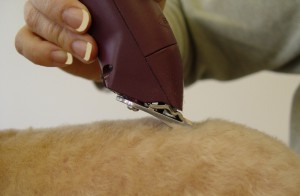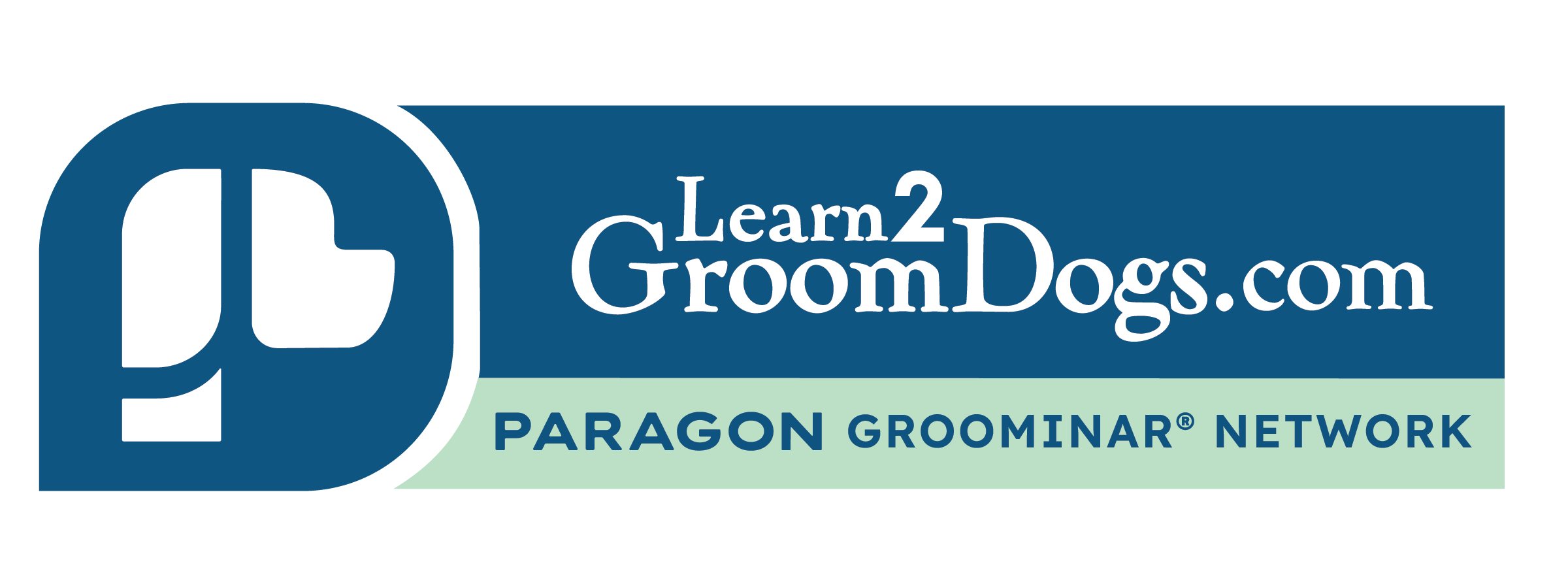 For maximum freedom of movement and improved efficiency, hold the clipper like a large pencil, between the thumb and fingers. “Palming” the clipper makes for clumsy, awkward clipper handling. It also puts the pet at risk for cuts, nicks and irritation. Concentrate on positioning yourself so that the clipper is pulled toward you for the majority of your work. There are rare times when holding the clippers in your palm will improve dexterity, but this applies to very few moves.
For maximum freedom of movement and improved efficiency, hold the clipper like a large pencil, between the thumb and fingers. “Palming” the clipper makes for clumsy, awkward clipper handling. It also puts the pet at risk for cuts, nicks and irritation. Concentrate on positioning yourself so that the clipper is pulled toward you for the majority of your work. There are rare times when holding the clippers in your palm will improve dexterity, but this applies to very few moves.
To create the least amount of stress on your fingers and wrist, grasp the clipper at the “balance point” so the weight is equally distributed between each end. Hold the clipper in the correct position, and then rotate it between your thumb and fingers. This positioning keeps your wrist firm but flexible, yet allows for almost unlimited wrist movement. This hold offers access to the most difficult corners of the pet with minimum effort. Concentrate on minimizing your wrist action.
Allow the weight of the clippers to do the work. Your hand and wrist are simply its guide. As you move from the top of the pet to make downward strokes, simulate the same amount of pressure that gravity provided on the top.
Your hand and wrist will act as a shock absorber while clipping. As you clip, you’ll be leveling out the bumps and dents. This will allow you to obtain a satin-smooth finish.
No matter what blade you use, it is important to maintain a consistent degree of “tip” to the blade. This is also known as “keeping the blade up on its cutting edge.” Imagine a pencil being held right under the blade as you guide it over the body. The closer the pencil is to the teeth, the higher the tip angle; the farther back you keep the imaginary pencil towards the heel of the blade, the lesser the degree of tip. Generally speaking, the closer the blade cuts, the higher you need to tip the blade for it to be effective.

